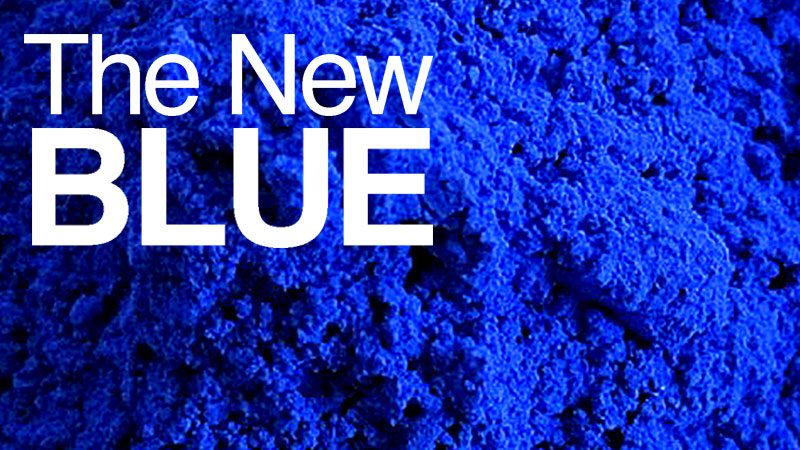Blue is the most difficult pigment to find in nature. Can we go beyond discovering blue?

The first blue pigment to come into existence was lapis lazuli. Merchant caravans transported their precious blue cargo across Bactria, on their way to the great cities of the ancient Greeks, Indians, Egyptians, Mesopotamians, and Persians. They adored Lapis Lazuli’s blue. It was more expensive than gold.

When Michelangelo painted the sistine chapel, he demanded to use Lapis Lazuli for its pigment vividness. Lapis Lazuli Azzurro is a formidably example of heavenly craftsmanship. The Sistine Chapel is by far is one of the most exquisite uses of lapis pigment for the blues of heaven where the best stones were required.

Cobalt and Prussian blue came next in line and have a few more strings to its bow than just this wonderful blue. Cobalt can color glass green, while the hydrated form of cobalt chloride is a beautiful deep rose color. As you can imagine this color change due to the presence of water is highly useful, warranting cobalt chloride an ideal moisture indicator.

YinMn Blue was discovered in 2009 by researchers at Oregon State University- the first new blue pigment identified in 200 years. The unique hue, which is a hybrid of ultramarine and cobalt blue, fills “a gap in the range of colors,” art supply manufacturer Georg Kremer tells Artnet News.
Eleven years later, in May 2020, the United States Environmental Protection Agency (EPA) officially approved the punchy pigment for commercial use, as Coatings World reported at the time.

Shown (left to right) : Arrow-Smith by Symphony, Fresh Plaid by Vycon, Decca by Colour & Design, Alotian by Colour & Design, Fresh Mesh by Vycon, Hexagon by Create. Order Samples for Adega in Cobalt Blue | Browse all Blue Wallcoverings
Shoutout to Tracy from Colour & Design for this blog inspiration!

